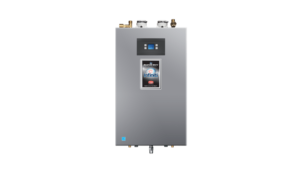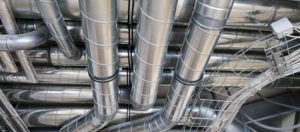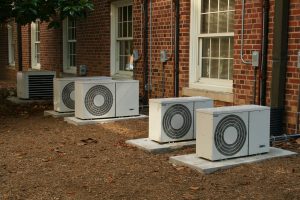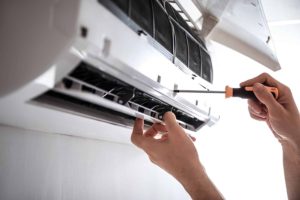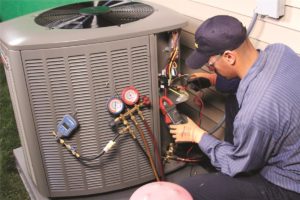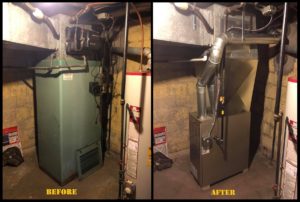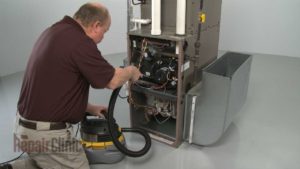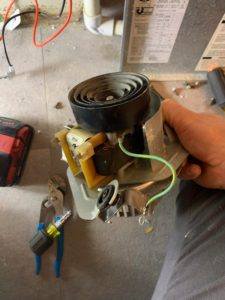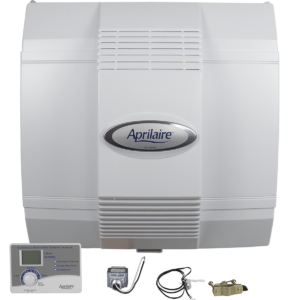Heat Pumps
In the simplest terms, a heat pump uses electricity and refrigerant to move heat from one location to another.
To provide heat, a heat pump works by extracting heat from the air outside of your home and transferring it to refrigeration coolant – the coolant is then compressed, which increases the temperature significantly; the coolant is then moved to the indoor unit of the heat pump, which then passes air over the hot coolant, increasing its temperature to accommodate the thermostatic call for heat inside the home. Heat pumps can be ducted or ductless and can look like a regular condenser from outside. Any modern Mini/multi split unit is capable of heating and cooling therefore called heat-pump.
As heat pumps are under constant development to be more efficient in cold climates – it is the FUTURE of heating that you can have today.
HEAT pumps can easily be paired with your current gas furnace and perform together for most efficient result.





